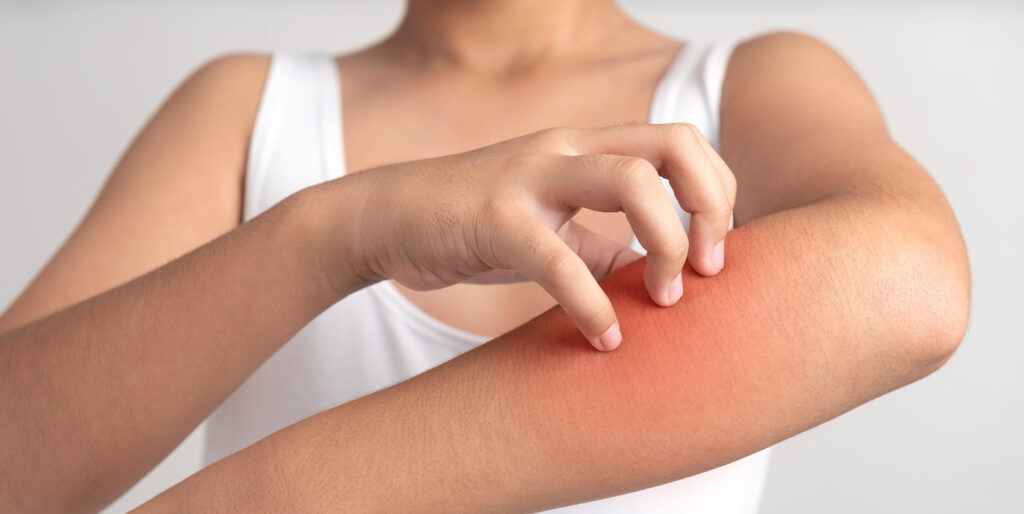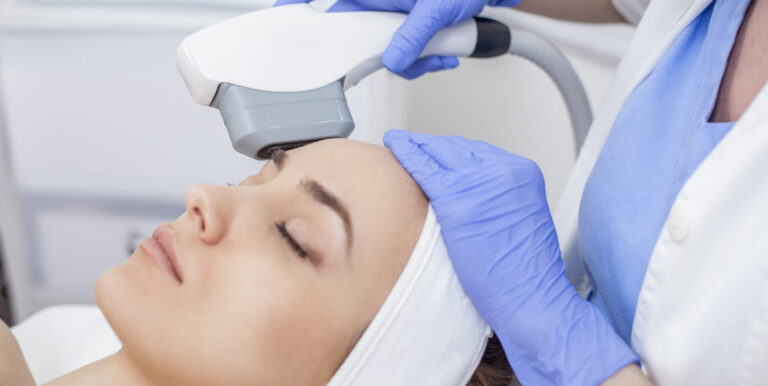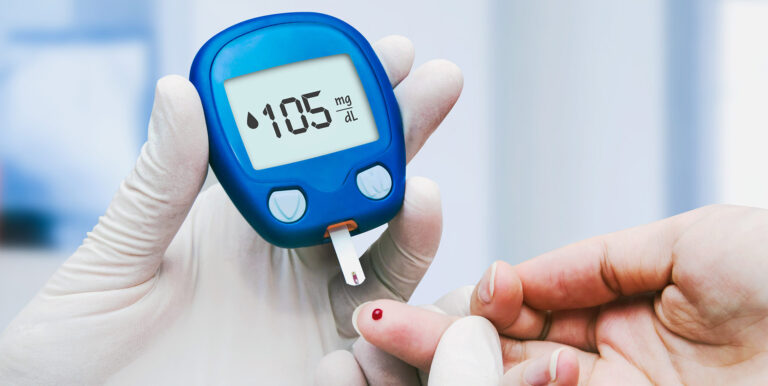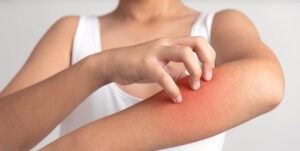Introduction
Blistered and cracked skin is indicative of contact dermatitis, while red and round marks show signs of fungal infection. The skin is often the first organ to show when something is wrong with the body. Even dermatologists believe that the skin reflects how a person feels within.
The symptoms and severity can vary widely when discussing different types of skin diseases. They could be mild or severe, temporary or long-lasting. While some may have hereditary reasons, others may have external stressors as causes. It is always better to consult a dermatologist if there are signs of skin diseases like rashes, pale skin, frequent breakouts, etc.
Causes of Skin Diseases
- Exposure to allergens or irritants
- Bacteria entrapped in skin pores and hair follicles
- Parasites, fungi, or microorganisms that live on the skin
- Genetic influences
- Weakened immune system
- Thyroid, immune system, kidneys, and other physiological systems impacted by various disorders
- Contact with people who have infection or contact with irritants
Symptoms of Skin Diseases

- Dry skin
- Patches of discoloured skin
- Skin peeling
- Open lesions, sores, or ulcers
- Lumps on the skin (white, red, or filled with pus)
- Rashes brought on by scratching
- Scaly and rough skin
- Abnormal pigmentation
10 Common Skin Diseases
1. Acne
The most prevalent type of skin problem on the face is acne, which can cause tension or worry. Acne occurs because of clogged oil (sebaceous) glands and hair follicles. It happens because of hormonal fluctuations. Acne encompasses more than just facial pimples; it also includes blackheads, breakouts, cysts, and nodules. For example, some people can get acne on the back and chest.
2. Sunburn
Sunburn develops when ultraviolet (UV) radiation from the sun or sunlamps overexposed onto the skin. The affected skin becomes irritated, sometimes causing a burning sensation, and may even start to peel off. Thus, it is important to wear broad-spectrum sunscreen for protection against harmful UV radiation regularly. Repeated sunburns, especially when young, might increase the chance of developing skin cancer.
3. Eczema
Eczema is another common type of skin disease. Along with environmental causes and a strong immunological response by the body, genes play a significant role. The most prevalent kind of eczema, known as atopic dermatitis, mostly affects young children. Adults who come into contact with particular fragrances, cosmetic products, or even certain types of metal in jewellery might develop allergic contact dermatitis.
4. Psoriasis
The skin cells in this autoimmune condition divide at excessively fast rates. This causes an accumulation of cells on the skin’s surface, resulting in patches of flaky, white skin that are not shed.
5. Athlete’s Foot
Dermatophytes are fungi that thrive in damp environments like shower stalls, locker rooms, wet shoes, and wet socks. They cause itchy, flaky skin to form. These could be found between the fingers and the foot’s toes.
6. Vitiligo
Vitiligo is a type of skin disease or disorder in which the skin loses its pigment cells called melanocytes. This can cause discoloured spots on the skin, hair, and mucous membranes. The condition is an autoimmune illness in which the body’s immune system targets the melanocytes and causes their degeneration. Vitiligo has no known cure; thus, individuals who have minor spots use skin grafts or tattoos to cover up the discoloured skin.
7. Rosacea
Rosacea causes a persistent swelling of the face that is accompanied by redness, visible blood vessels, and pimples. Men can also get rosacea, although women over 30 are more likely to get it. The disorder may be brought on by immune system abnormalities, vascular issues, and environmental factors.
8. Shingles
Herpes zoster, sometimes known as the shingles virus, causes a red and blistering rash that can develop anywhere on the face or body. Fever, tiredness, and headache are common symptoms. The varicella-zoster virus, which also causes chickenpox, is what causes shingles. The chickenpox virus could remain latent (inactive) in the nervous system for years if someone had chickenpox, putting them at risk for shingles.
9. Melasma
Melasma is characterised by greyish-brown patches on the skin of the face. Melasma is sometimes called the “mask of pregnancy” since it affects pregnant women so frequently, although anybody can get it. If melasma occurs because of pregnancy, the skin patches fade away in a few days. It is essential to see a dermatologist since they provide a wide range of treatments that can help treat melasma quickly and successfully.
10. Peeling Skin Syndrome
It’s similar to getting a sunburn that lasts the entire life. However, in this condition, the epidermis, which is the outer layer of the skin, peels out. The skin can become red, dry, thick, and blistering, but it does not hurt. Peeling skin syndrome is a genetic condition, so the signs and symptoms are visible at a young age. As dry skin peels off more quickly, most people use petroleum jelly, OTC ointments, and medication to keep skin moisturised and soft.
Treatment
The type of skin disorder affects therapy choices.
- Moisturisers would need to be applied to very dry skin in order to hydrate it.
- Depending on the severity, antihistamines may be administered if an allergic response results in skin eruptions.
- Oil-free moisturisers and face cleansers containing salicylic acid are required for acne problems or regular outbreaks.
- Antifungal medications would need to be used in cases of fungal infections.
Conclusion

While learning to distinguish between the many skin diseases is beneficial, the key here is having the correct diagnosis and treatment from a specialist. Also, while most skin disorders are mild, others suggest more significant problems that require the assistance of a healthcare expert. Reach out to a skincare specialist for persistent issues or flare ups.





















